Understanding Tax Credits for New Air Conditioners
What Is a Tax Credit?
Are you considering installing a new air conditioning system? If so, it’s important to know about the tax credit for new air conditioner options available to you. These credits can help reduce the overall cost of your investment, making it more affordable to upgrade to an energy-efficient model. In this blog, we will discuss the various tax credits available, eligibility criteria, and how you can take advantage of these incentives to save money while improving your home’s comfort.
A tax credit is a financial benefit provided by the government that reduces the amount of income tax you owe. Unlike deductions that lower your taxable income, tax credits directly decrease your tax liability, meaning they can offer significant savings. For homeowners investing in a new air conditioning system, understanding tax credits can lead to substantial financial relief.
In the context of new air conditioners, tax credits are often part of energy efficiency programs designed to encourage homeowners to upgrade to more efficient systems. These credits can be applied to various types of air conditioning units, such as central air conditioners, heat pumps, and ductless mini-splits, provided they meet specific energy efficiency standards set by the government.
When investing in a new air conditioner, understanding the tax credit for new air conditioner installations can significantly enhance your financial benefits. This tax credit allows homeowners to reduce their tax liability while upgrading to energy-efficient systems, ultimately leading to substantial savings. In this blog, we will explore the eligibility criteria, application process, and common misconceptions surrounding the tax credit for new air conditioner installations, ensuring you make informed decisions that maximize your savings.
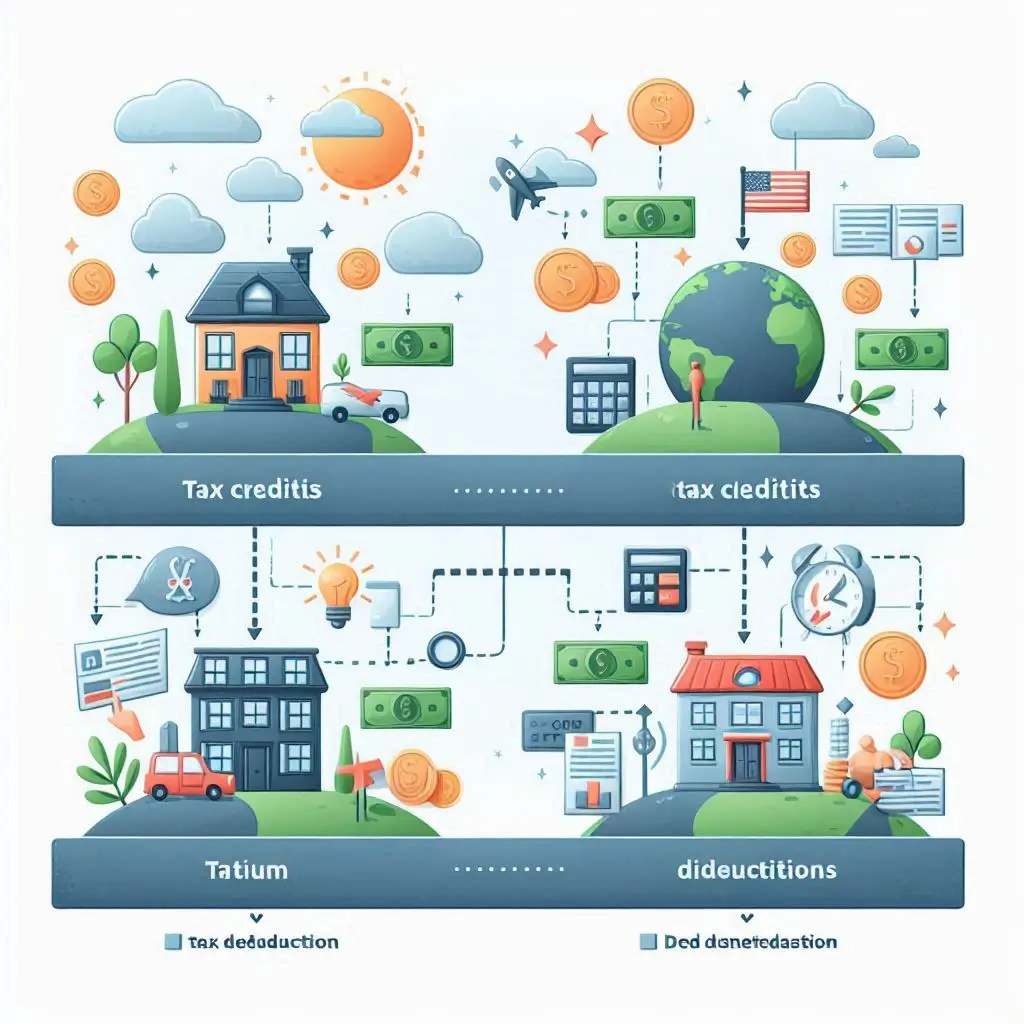
Why Tax Credits Are Important for Homeowners
Tax credits for new air conditioners are crucial for several reasons:
-
Financial Savings: The most immediate benefit of tax credits is the potential for significant financial savings on your tax return. Homeowners can receive a credit that directly reduces their tax bill, making the initial investment in a new air conditioner more manageable.
-
Encouragement of Energy Efficiency: These tax credits promote the adoption of energy-efficient systems, which can lead to lower energy bills in the long run. By incentivizing homeowners to invest in high-efficiency air conditioners, the government helps reduce overall energy consumption and greenhouse gas emissions.
-
Increased Home Value: Installing a new energy-efficient air conditioner can enhance the resale value of your home. Potential buyers are often attracted to homes with modern HVAC systems that promise lower utility costs and improved comfort.
-
Support for Local Economies: By taking advantage of tax credits, homeowners are more likely to invest in local HVAC contractors and suppliers, stimulating the local economy and creating jobs.
-
Health Benefits: New air conditioning systems often come with advanced filtration systems that improve indoor air quality. This can lead to better health outcomes for families, particularly those with allergies or respiratory issues.
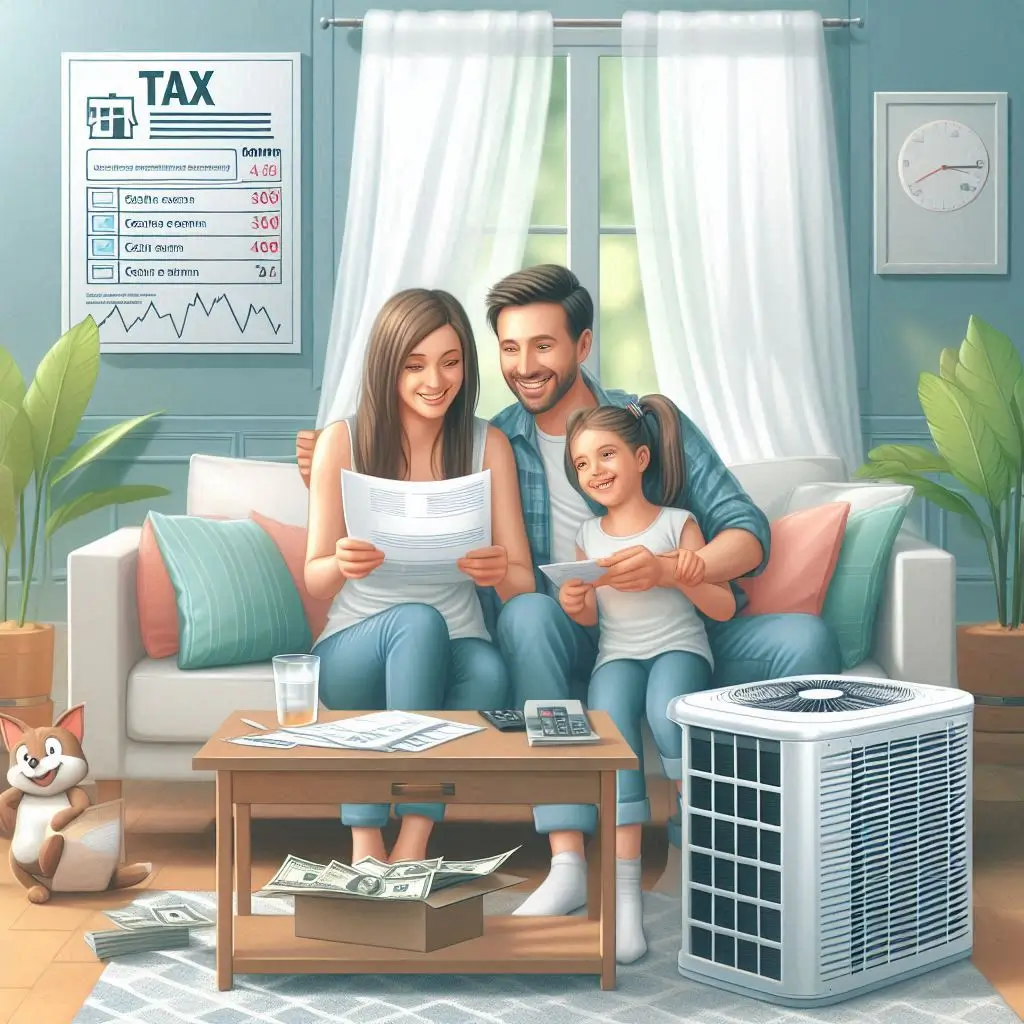
Conclusion
Understanding tax credits for new air conditioners is essential for homeowners looking to save money while improving their home’s comfort and energy efficiency. By taking advantage of these credits, you can significantly reduce the financial burden of upgrading your HVAC system while contributing to a healthier environment.
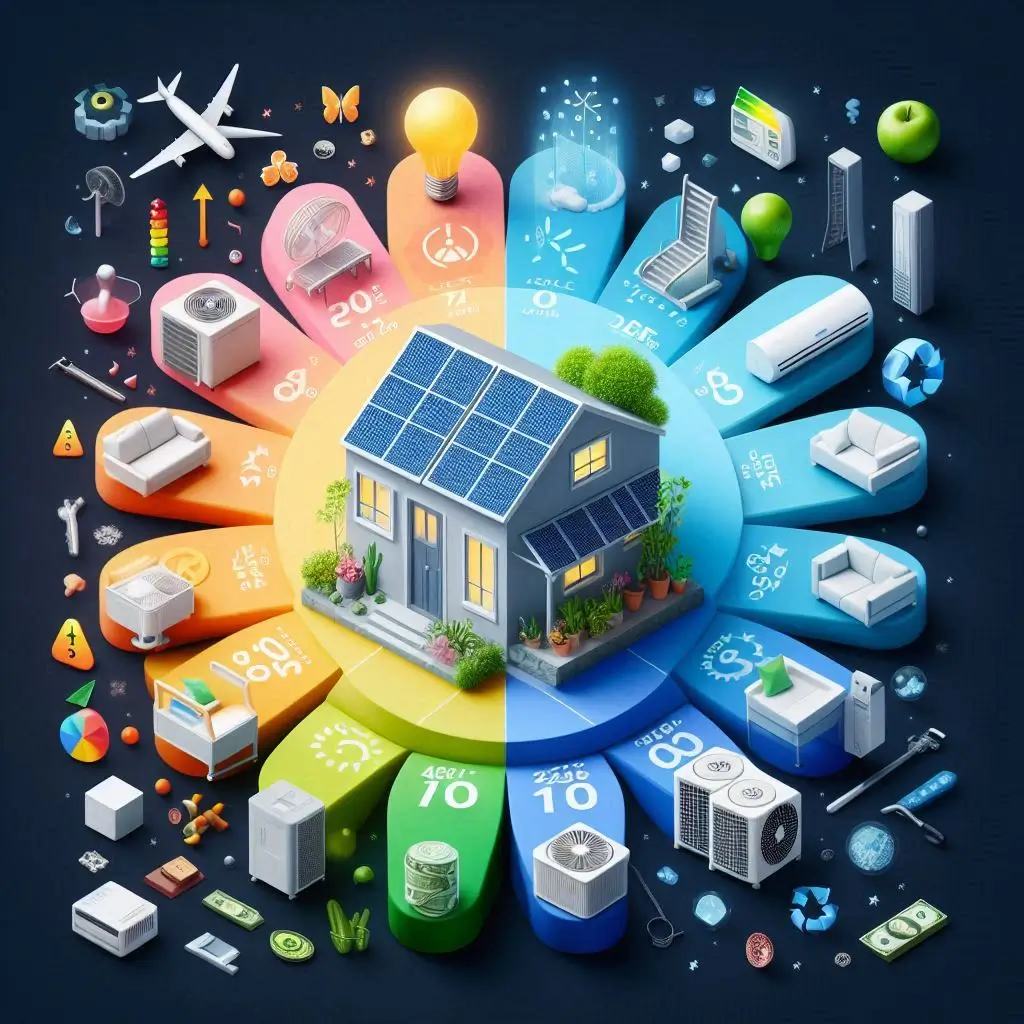
Eligibility Criteria for Tax Credits
Types of Air Conditioners Eligible for Tax Credits
When considering a new air conditioner, it’s essential to know which types qualify for tax credits. Generally, tax credits are available for energy-efficient models that meet specific performance criteria set by the government. Here are the main types of air conditioners that typically qualify:
-
Central Air Conditioners: These systems are designed to cool an entire home and often include an outdoor condenser unit and an indoor evaporator. To qualify for tax credits, central air conditioners must meet or exceed a certain Seasonal Energy Efficiency Ratio (SEER) rating, usually a minimum of 16 SEER.
-
Heat Pumps: Heat pumps function as both heating and cooling systems, making them versatile and efficient options. Tax credits are often available for air-source heat pumps with a minimum SEER rating of 15 or higher. Ground-source or geothermal heat pumps may also qualify for significant tax credits.
-
Ductless Mini-Split Systems: These systems are ideal for homes without ductwork and can be an excellent option for specific rooms or areas. To be eligible for tax credits, ductless mini-split systems should have a SEER rating of at least 15.
-
High-Efficiency Window Air Conditioners: While not as commonly included in tax credit programs, some high-efficiency window air conditioners may qualify if they meet specific energy efficiency standards. Look for ENERGY STAR® rated models to increase your chances of eligibility.
Understanding the types of air conditioners that qualify for tax credits can help homeowners make informed purchasing decisions while maximizing their potential savings.
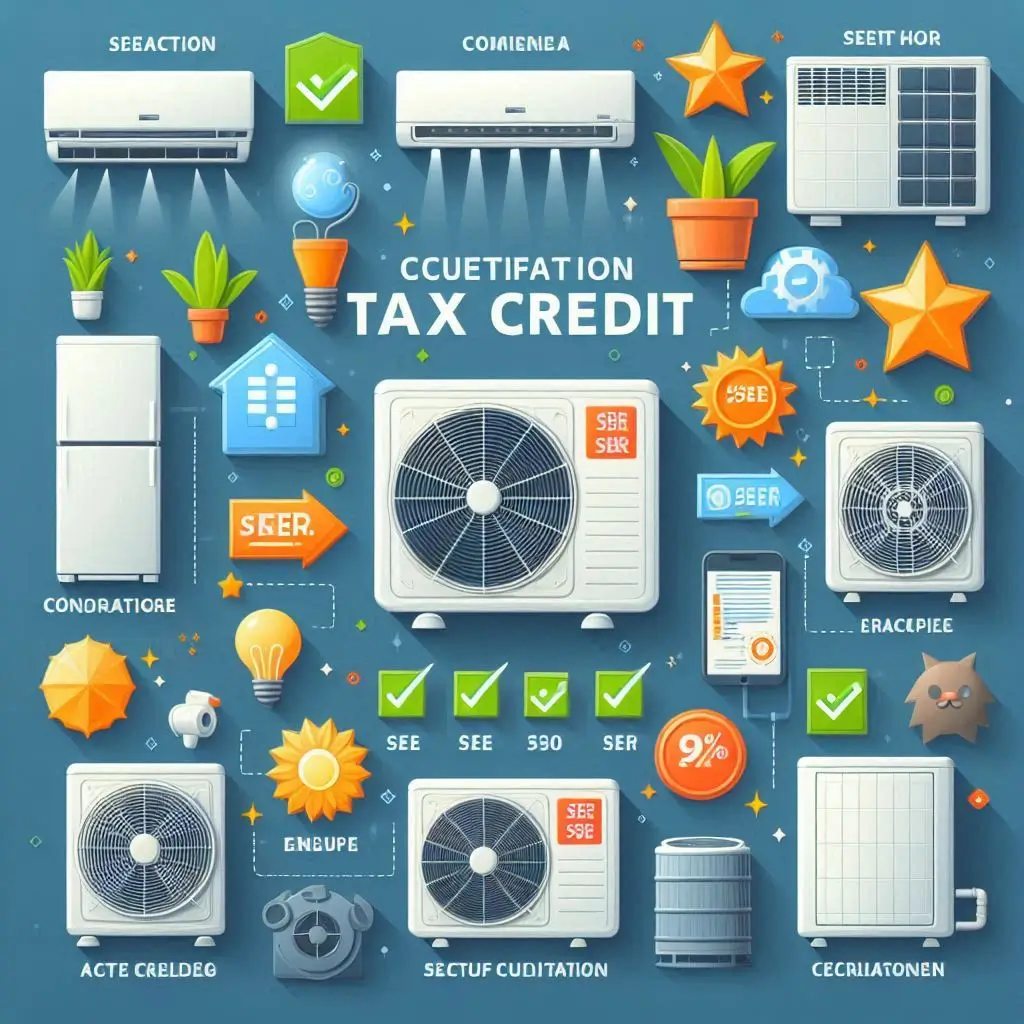
Income Requirements and Other Considerations
While many homeowners can benefit from tax credits for new air conditioners, it’s crucial to be aware of any income requirements or additional considerations that may affect eligibility:
-
Income Limits: Some tax credit programs may impose income limits to ensure that benefits are targeted toward lower- and middle-income households. Check the specific requirements for the tax credit you are considering, as they can vary by state or program.
-
Installation Requirements: To qualify for tax credits, air conditioning systems must be installed in your primary residence. This means that rental properties or vacation homes may not be eligible for the same credits, although there may be different credits available for investment properties.
-
Energy Efficiency Standards: To qualify for tax credits, air conditioners must meet or exceed the energy efficiency standards set by the government. This often includes having a minimum SEER rating and complying with other performance metrics. Homeowners should verify that their chosen system meets these standards before making a purchase.
-
Documentation and Record Keeping: Keeping thorough records is vital for claiming tax credits. Homeowners should retain purchase receipts, installation invoices, and any necessary forms required to claim the credit on their tax return.
-
Consulting a Tax Professional: Because tax laws can change, it’s advisable for homeowners to consult with a tax professional. They can provide guidance on eligibility, maximizing savings, and ensuring compliance with current tax regulations.
By understanding the eligibility criteria and considering income requirements, homeowners can better navigate the process of claiming tax credits for new air conditioners.

Conclusion
Understanding the eligibility criteria for tax credits related to air conditioners is crucial for maximizing potential savings. By ensuring your chosen system qualifies and being aware of any income requirements, you can take advantage of these valuable financial incentives.
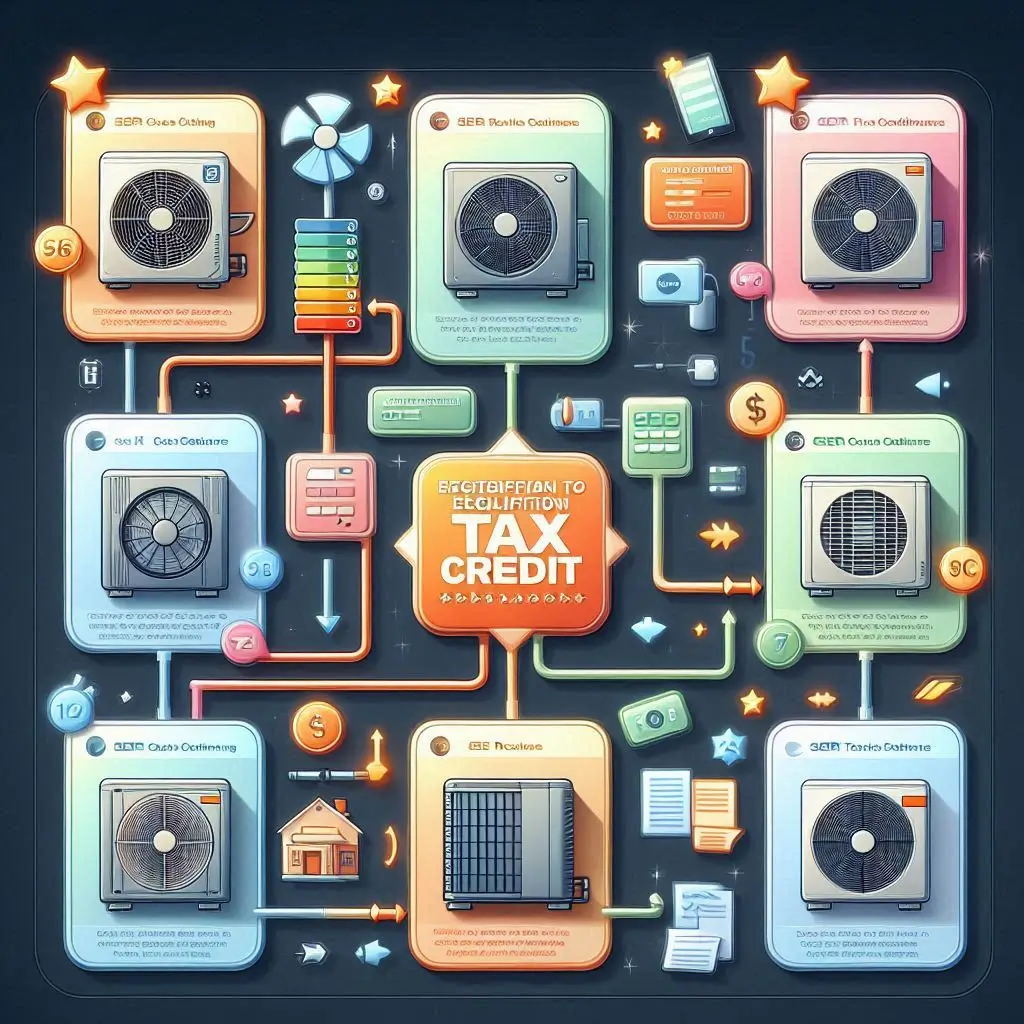
How to Claim Your Tax Credit for a New Air Conditioner
Step-by-Step Guide to Claiming Tax Credits
Claiming a tax credit for a new air conditioner can be a straightforward process if you follow these steps:
-
Research Available Tax Credits: Begin by researching the specific tax credits available for energy-efficient air conditioners in your area. Visit government websites or consult a tax professional to ensure you are aware of all available options and eligibility requirements.
-
Choose an Eligible Air Conditioner: Select a new air conditioning system that meets the energy efficiency standards required for tax credits. Ensure that the unit has the necessary Seasonal Energy Efficiency Ratio (SEER) rating and that it is installed in your primary residence.
-
Install the System: Schedule the installation of your new air conditioner with a licensed HVAC contractor. Ensure that the contractor provides an invoice detailing the installation, which will be necessary for claiming the tax credit.
-
Gather Required Documentation: Collect all relevant documents, including receipts for the purchase of the air conditioner, the installation invoice, and any manufacturer certification statements. These documents will be crucial when filing for the tax credit.
-
Complete IRS Form 5695: To claim the tax credit, you will need to fill out IRS Form 5695, which is specifically designed for residential energy credits. This form will guide you through the necessary calculations and provide a section for reporting your qualified expenses.
-
File Your Tax Return: When you file your federal income tax return, include IRS Form 5695 along with your other tax documents. Ensure that you double-check your calculations and the accuracy of the information provided.
-
Keep Records: Maintain copies of all documentation related to the tax credit for your records. This includes your air conditioner purchase receipts, installation invoices, IRS Form 5695, and your tax return. Keeping these records will help in case of any future audits.
By following these steps, homeowners can efficiently navigate the process of claiming tax credits for their new air conditioning systems.
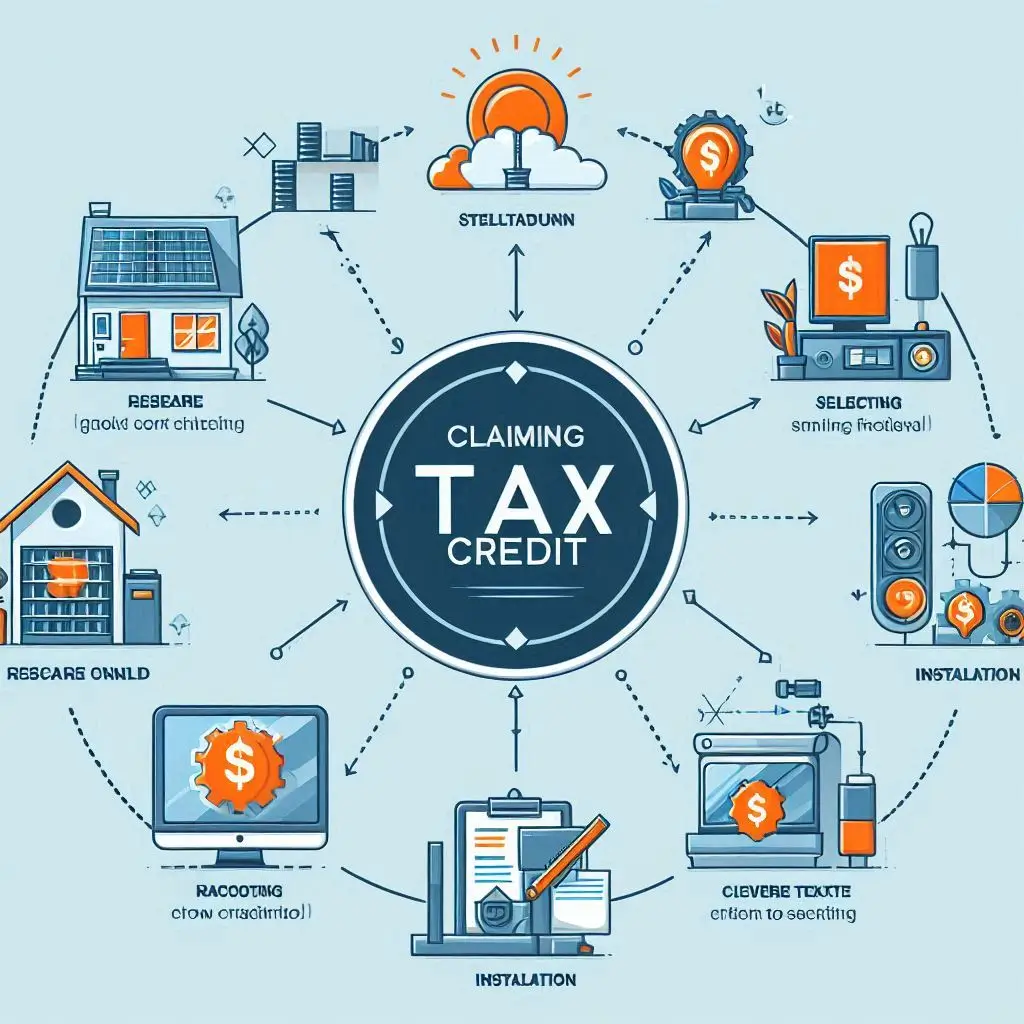
Required Documentation and Forms
To successfully claim a tax credit for a new air conditioner, homeowners must provide specific documentation and forms. Here’s what you will need:
-
Purchase Receipts: Retain the receipts for the air conditioning unit, which should clearly state the model number and purchase price. This documentation confirms that you purchased an eligible system.
-
Installation Invoice: An invoice from the HVAC contractor that performed the installation is crucial. This document should include the installation date, details of the work completed, and the total cost of installation.
-
Manufacturer Certification Statement: Some tax credits require a manufacturer certification statement confirming that the air conditioner meets specific energy efficiency standards. Check if this statement is provided with your unit’s documentation or if you need to request it from the manufacturer.
-
IRS Form 5695: This is the primary form used to claim energy-efficient home improvements, including air conditioners. Fill out this form accurately to report your qualified expenses and calculate the credit amount.
-
Tax Return: Include the completed IRS Form 5695 with your federal income tax return. Ensure that all information is consistent and accurate to avoid any issues with your claim.
-
Additional Documentation: Depending on the tax credit program, additional documents may be required. Always check the specific requirements of the credit you are claiming, as they can vary by state or program.
By preparing and organizing these documents in advance, homeowners can streamline the process of claiming tax credits for their new air conditioners.
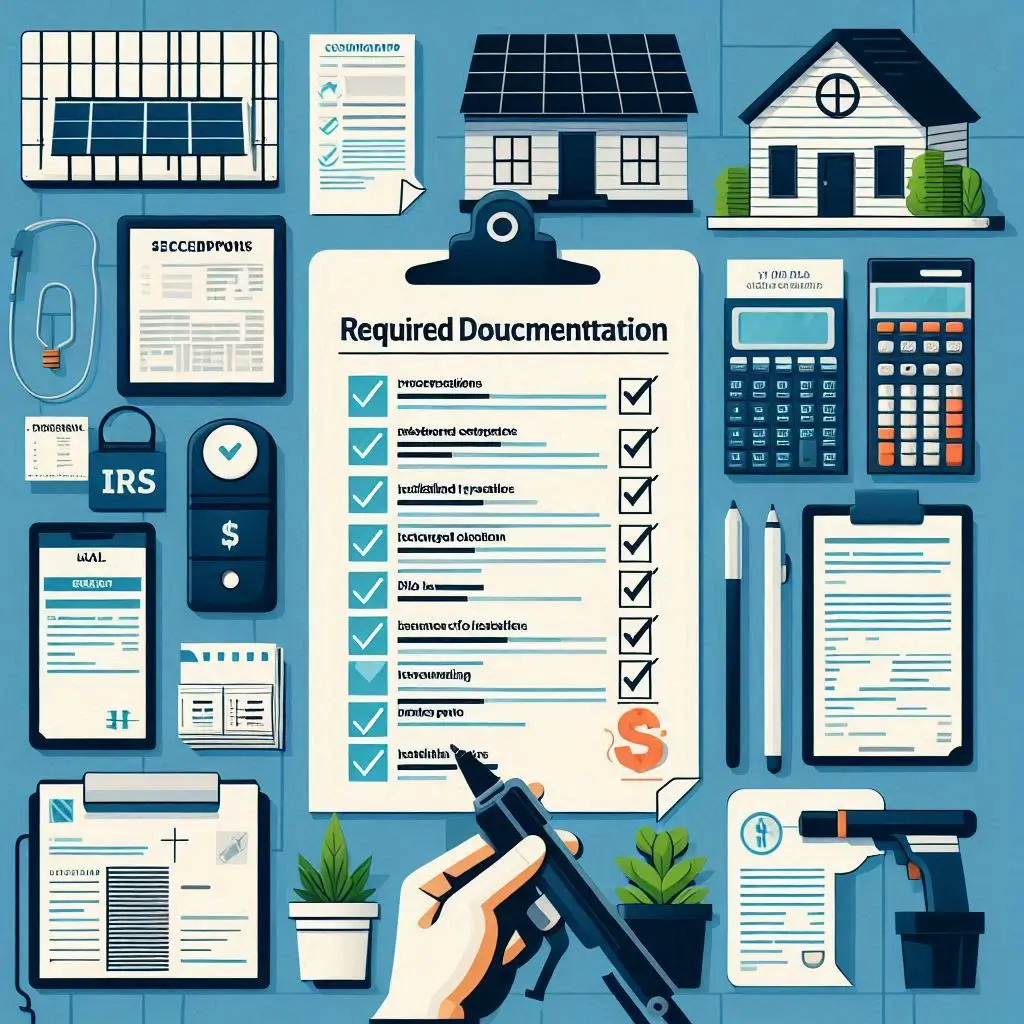
Conclusion
Claiming your tax credit for a new air conditioner involves a clear understanding of the process and the necessary documentation. By following the outlined steps and ensuring you have all required forms, you can maximize your savings while upgrading your home’s energy efficiency.
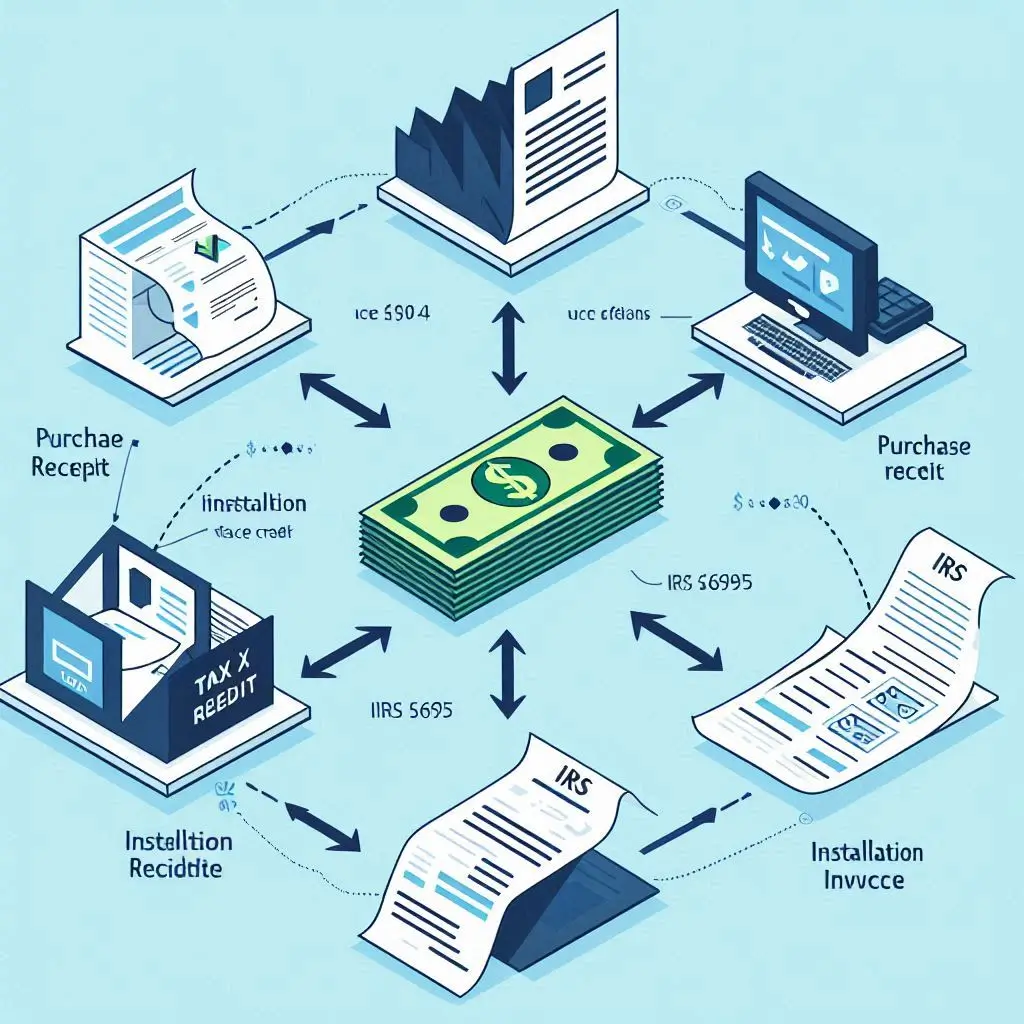
Benefits of Upgrading to an Energy-Efficient Air Conditioner
Energy Savings and Cost Benefits
Upgrading to an energy-efficient air conditioner can lead to significant energy savings and cost benefits for homeowners. Here are some key aspects to consider:
-
Reduced Energy Bills: Energy-efficient air conditioners are designed to consume less electricity while providing the same level of cooling comfort. These systems often have higher Seasonal Energy Efficiency Ratio (SEER) ratings, which indicate their efficiency in converting electricity into cooling power. As a result, homeowners can experience a noticeable reduction in monthly energy bills, often saving hundreds of dollars annually.
-
Long-Term Savings: While the initial cost of purchasing and installing an energy-efficient air conditioner may be higher than that of a standard model, the long-term savings can outweigh the upfront investment. Many homeowners recoup the cost of the new system through reduced energy bills within a few years. Additionally, some energy-efficient models may qualify for rebates or tax credits, further enhancing savings.
-
Increased Property Value: Installing a high-efficiency air conditioning system can boost the resale value of your home. Potential buyers often view energy-efficient systems as a desirable feature, knowing they will save on energy costs and enjoy improved comfort. This can make your property more attractive in a competitive real estate market.
-
Lower Maintenance Costs: Energy-efficient air conditioners typically require less maintenance than older, less efficient models. With improved technology and design, these systems are often more reliable and durable, leading to fewer repairs and lower maintenance expenses over time.
By upgrading to an energy-efficient air conditioner, homeowners can enjoy substantial energy savings and cost benefits that positively impact their budgets.
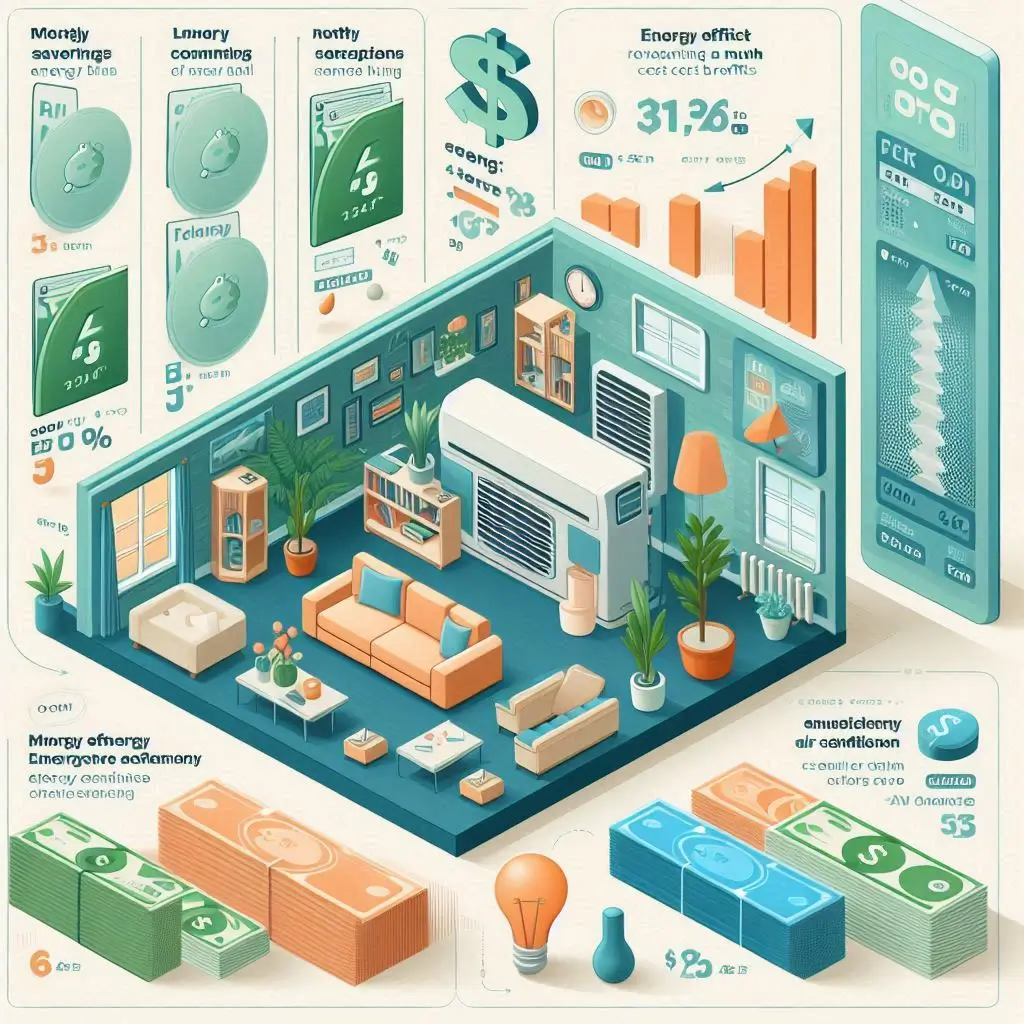
Environmental Impact and Sustainability
In addition to financial benefits, upgrading to an energy-efficient air conditioner offers significant environmental advantages:
-
Reduced Carbon Footprint: Energy-efficient air conditioners consume less electricity, which translates to lower greenhouse gas emissions from power plants. By reducing energy consumption, homeowners contribute to a decrease in their carbon footprint, helping combat climate change and promote a healthier planet.
-
Sustainable Energy Practices: Many energy-efficient systems use eco-friendly refrigerants that have a lower impact on the environment compared to traditional refrigerants. These alternatives help minimize ozone depletion and global warming potential, aligning with global efforts to adopt sustainable practices.
-
Conservation of Natural Resources: By using less energy, energy-efficient air conditioners contribute to the conservation of natural resources. Reduced demand for electricity means less need for fossil fuels, water, and other resources used in power generation. This is particularly important as the world moves toward more sustainable energy sources.
-
Support for Renewable Energy: Many energy-efficient air conditioning systems are designed to work effectively with renewable energy sources, such as solar panels. Homeowners who invest in both energy-efficient HVAC systems and solar energy can further reduce their reliance on traditional power grids, fostering a more sustainable energy future.
Upgrading to an energy-efficient air conditioner not only benefits homeowners financially but also plays a vital role in promoting environmental sustainability and reducing the overall impact on the planet.

Conclusion
The benefits of upgrading to an energy-efficient air conditioner extend beyond immediate cost savings. With reduced energy bills, long-term financial gains, and a positive environmental impact, homeowners can make a significant difference in both their finances and the health of the planet.
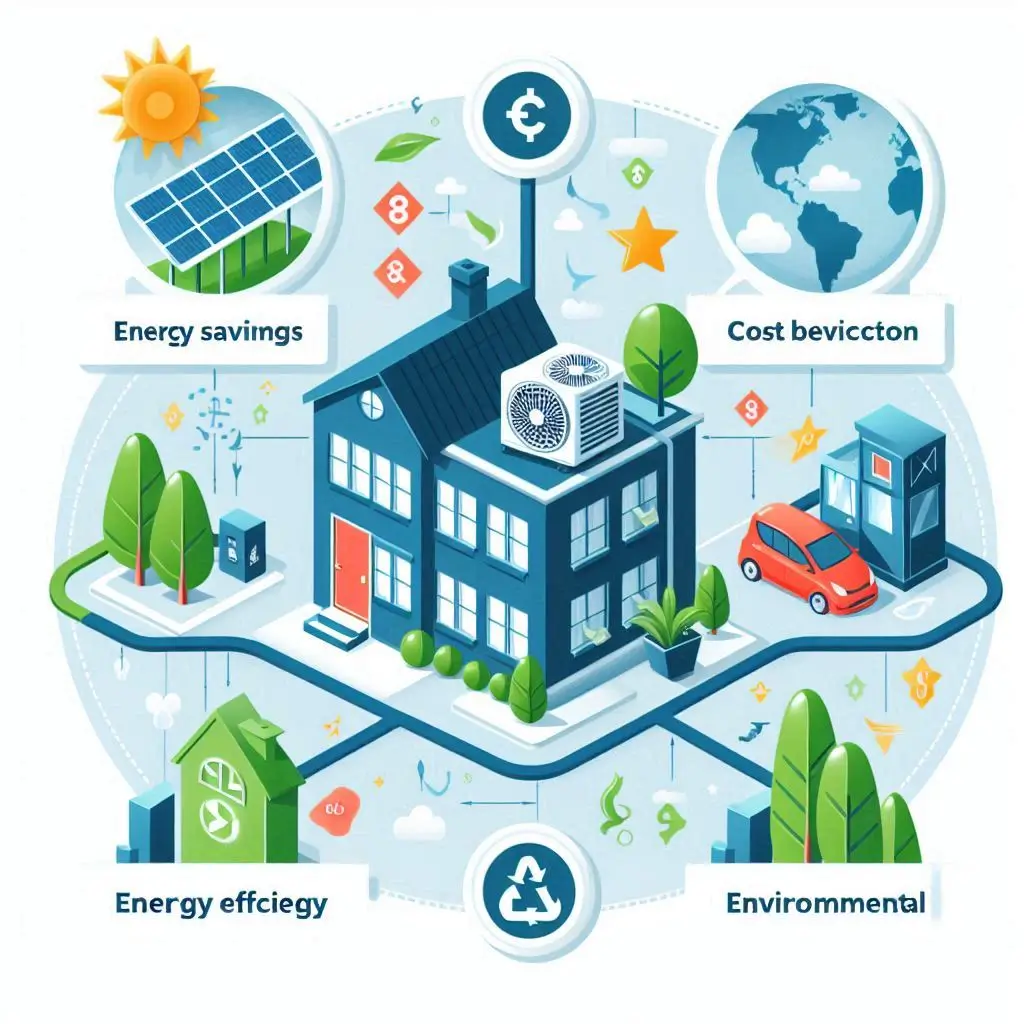
Common Misconceptions About Tax Credits
Misunderstanding Eligibility
One of the most common misconceptions regarding tax credits for new air conditioners is misunderstanding the eligibility criteria. Many homeowners believe that any new air conditioning system will qualify for tax credits, but this is not always the case. Here are some key points to clarify eligibility:
-
Specific Requirements: Tax credits are typically available only for air conditioning units that meet specific energy efficiency standards. For example, systems must often have a certain Seasonal Energy Efficiency Ratio (SEER) rating to qualify. Homeowners should research the exact requirements for the tax credit they are interested in, as these can vary by program and state.
-
Primary Residence Requirement: Tax credits for energy-efficient air conditioners are usually limited to installations in a primary residence. Homeowners may mistakenly believe they can claim credits for systems installed in rental properties, vacation homes, or secondary residences. However, to be eligible, the air conditioner must be installed in the homeowner’s main living space.
-
Income Limitations: Some tax credits come with income limitations, meaning only homeowners within a certain income bracket may qualify. This can lead to confusion, as many homeowners assume that if they purchase an energy-efficient unit, they will automatically qualify for the tax credits. It’s essential to review income requirements to determine eligibility accurately.
-
Documentation Requirements: Many homeowners do not realize the importance of maintaining thorough documentation to support their claim for tax credits. Proper records, including purchase receipts, installation invoices, and any necessary manufacturer certification statements, are crucial for claiming tax credits. Without these documents, homeowners may find their claims denied or reduced.
By addressing these misconceptions about eligibility, homeowners can better navigate the process of claiming tax credits for their new air conditioning systems.
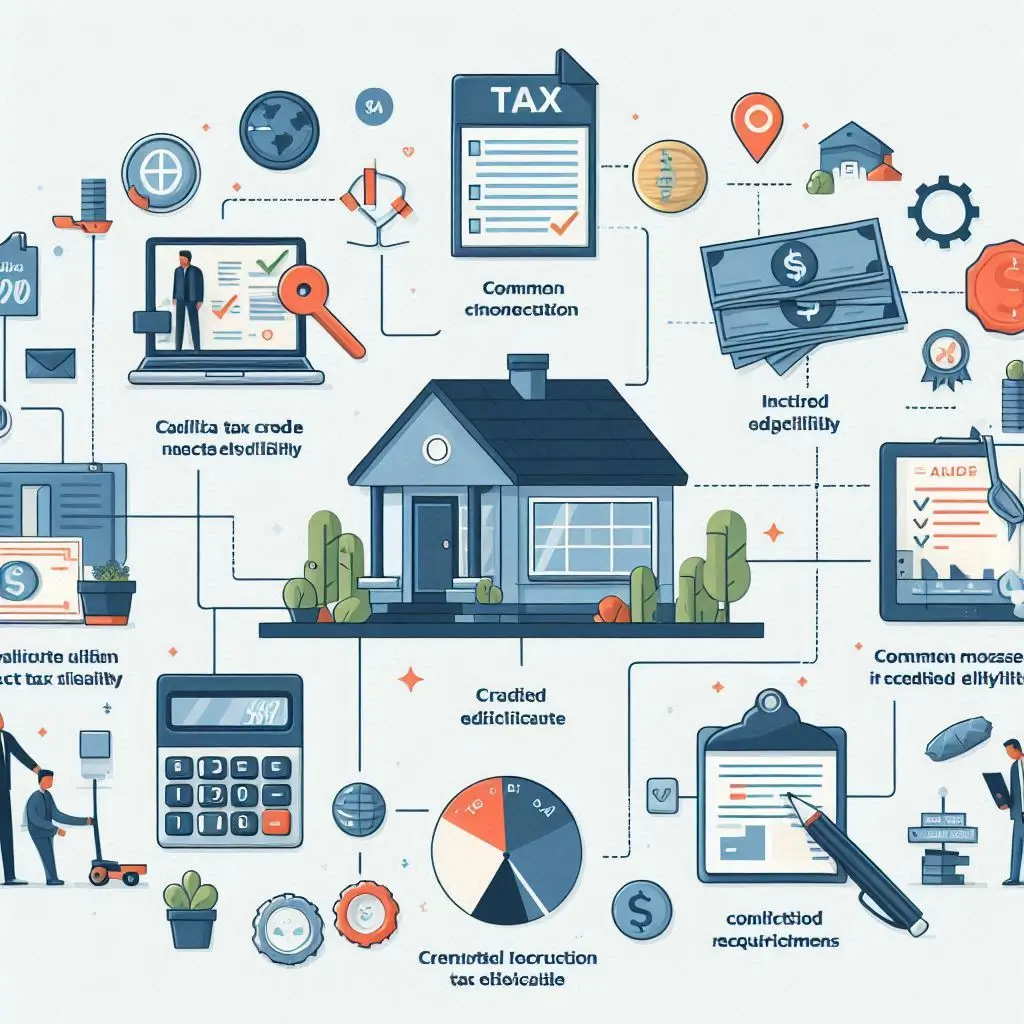
The Difference Between Tax Credits and Tax Deductions
Another common misunderstanding is the distinction between tax credits and tax deductions, which can significantly affect how homeowners approach their tax filings. Here’s a breakdown of the differences:
-
Definition of Tax Credits: Tax credits are dollar-for-dollar reductions of the amount owed in taxes. For example, if a homeowner qualifies for a $1,000 tax credit, their tax liability decreases by that amount, resulting in direct savings. This makes tax credits highly valuable for taxpayers.
-
Definition of Tax Deductions: In contrast, tax deductions reduce the amount of taxable income rather than directly lowering the tax bill. For instance, if a homeowner has a tax deduction of $1,000 and is in the 20% tax bracket, their tax liability would decrease by $200 ($1,000 x 20%). Deductions are less impactful than credits because they depend on the taxpayer’s income and tax rate.
-
Impact on Tax Liability: Tax credits can significantly lower a taxpayer’s liability, making them more advantageous than deductions. Homeowners should focus on understanding which energy-efficient upgrades qualify for tax credits, as these can provide substantial financial benefits.
-
Claiming Process: When claiming tax credits, homeowners must fill out specific forms (such as IRS Form 5695 for energy credits) that detail the eligible expenses. For tax deductions, the process involves itemizing deductions on the tax return. Understanding this difference can help homeowners effectively prepare their tax filings and maximize savings.
By clarifying the differences between tax credits and tax deductions, homeowners can make informed decisions regarding energy-efficient upgrades and their potential financial impact.
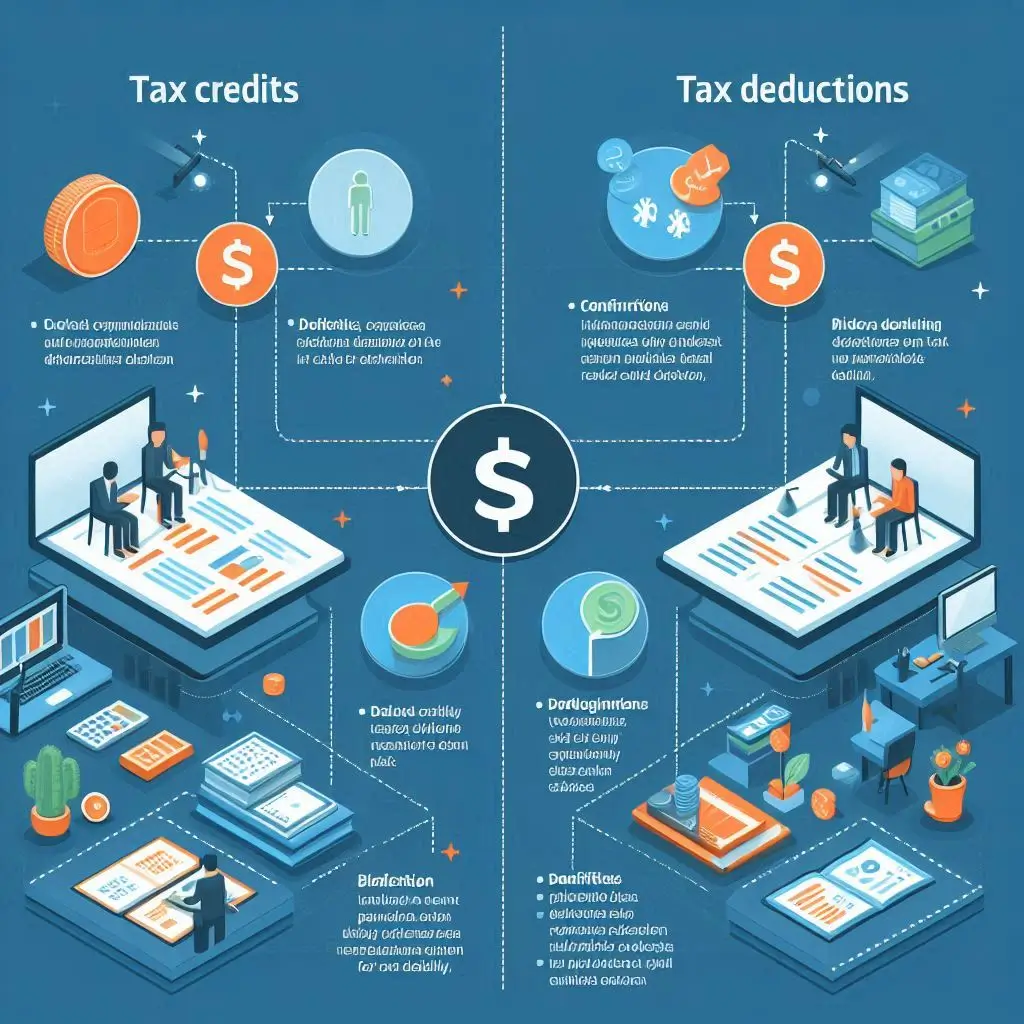
Conclusion
Understanding common misconceptions about tax credits, including eligibility requirements and the distinction between tax credits and tax deductions, is essential for homeowners seeking to maximize their financial benefits from energy-efficient air conditioners. By clarifying these points, homeowners can confidently navigate the tax credit process and make informed decisions about their HVAC investments.

Frequently Asked Questions (FAQs) About Tax Credits for New Air Conditioners
What is the maximum tax credit available for a new air conditioner?
The maximum tax credit available for a new air conditioner can vary based on current federal and state regulations. As of now, federal tax credits for energy-efficient HVAC systems may offer credits of up to $300 for qualified equipment. However, specific energy efficiency ratings must be met to qualify for these credits. Homeowners should check the latest IRS guidelines and consult with a tax professional to confirm the exact amount applicable to their situation. Additionally, some states and local governments offer additional incentives, which could significantly increase the total tax credits available.
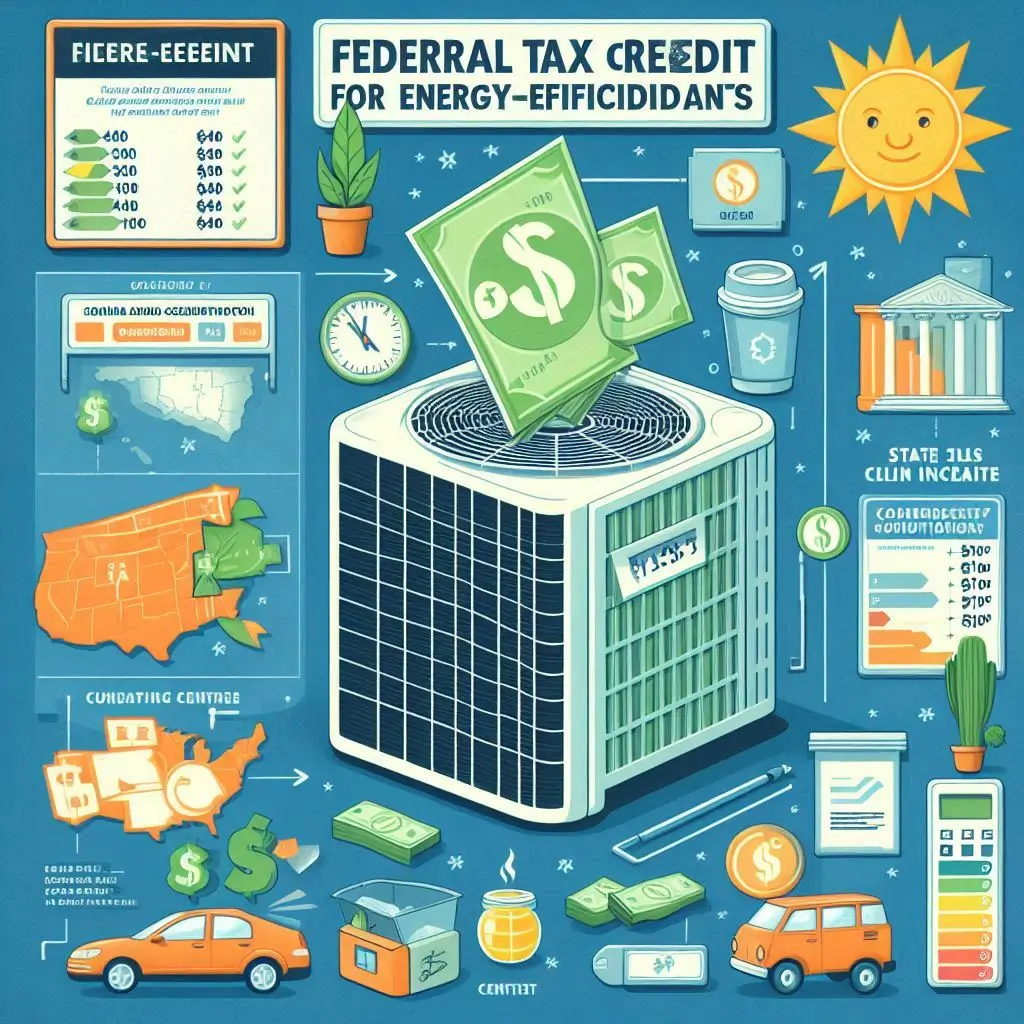
How does the tax credit affect my overall tax return?
Tax credits directly reduce the amount of tax you owe, which can have a substantial impact on your overall tax return. For instance, if your total tax liability is $2,000 and you qualify for a $300 tax credit for your new air conditioner, your tax bill would decrease to $1,700. Unlike deductions, which reduce taxable income, tax credits provide a direct dollar-for-dollar reduction in tax liability. It’s important to note that tax credits can sometimes be refundable, meaning you may receive a refund if the credit exceeds your tax liability. This makes tax credits particularly beneficial for homeowners looking to maximize their savings.
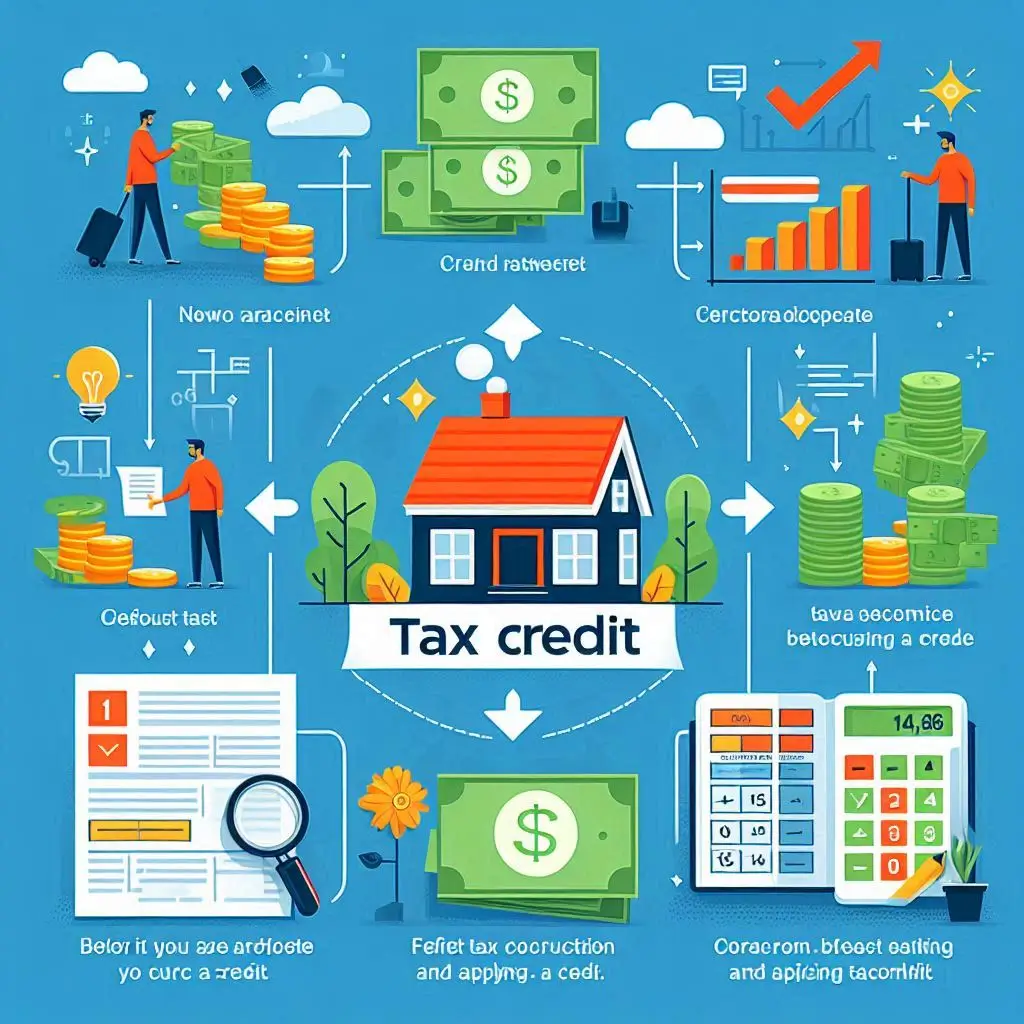
Are there any state-specific tax credits for air conditioner purchases?
Yes, many states offer specific tax credits, rebates, or incentives for the purchase of energy-efficient air conditioning systems. These programs can vary widely from state to state and may include additional financial benefits beyond federal tax credits. Homeowners should research local utility companies and state energy offices to find available programs. Some states may provide rebates based on the SEER rating of the installed unit or offer tax credits for both heating and cooling systems. It’s advisable to consult your state’s official energy website or a tax professional to understand the full range of incentives available.
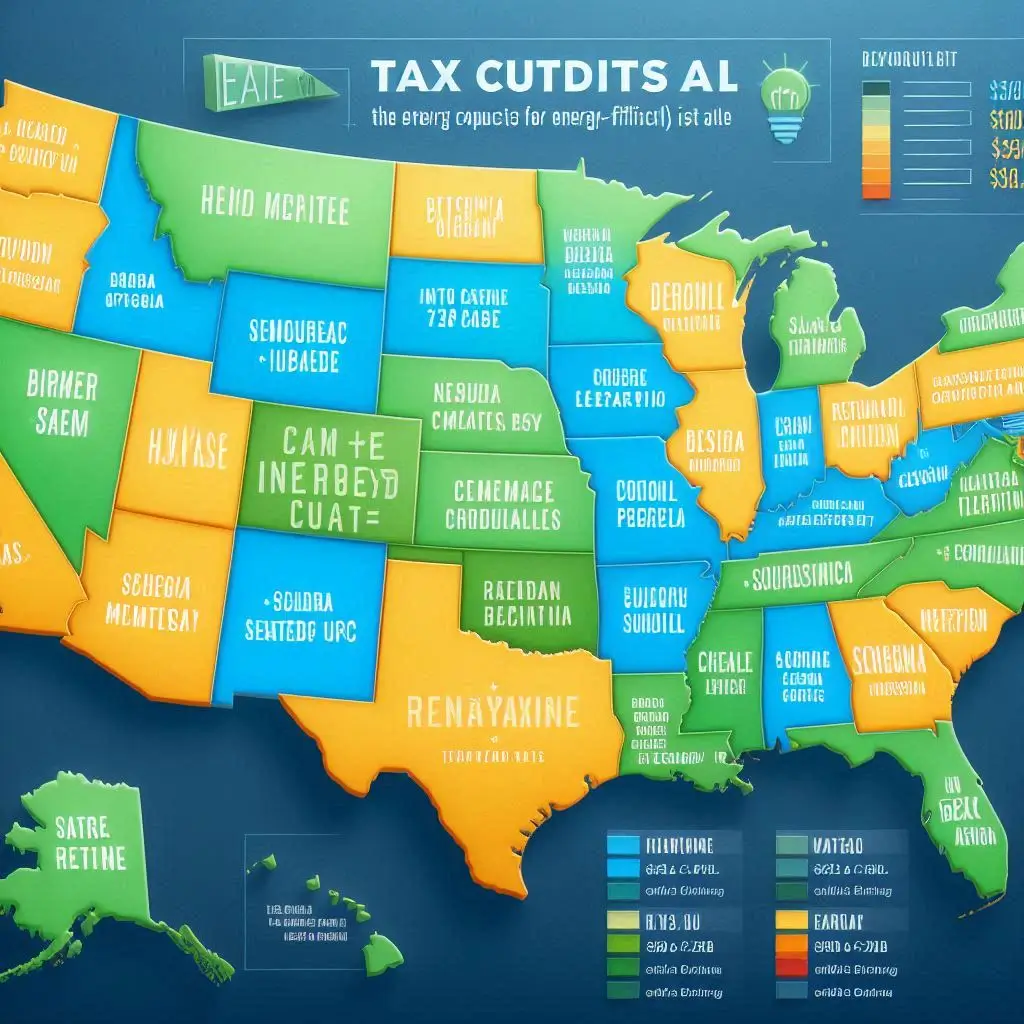
Can I receive a tax credit for both heating and cooling systems?
Yes, homeowners can often receive tax credits for both heating and cooling systems, provided that each system meets the energy efficiency criteria set by the IRS and other regulatory bodies. For instance, if you upgrade your air conditioning unit and your heating system to energy-efficient models, you may qualify for separate tax credits for each installation. It is essential to ensure that both systems meet the necessary efficiency ratings to maximize your benefits. Always keep detailed records of each purchase and installation to support your claims when filing taxes.
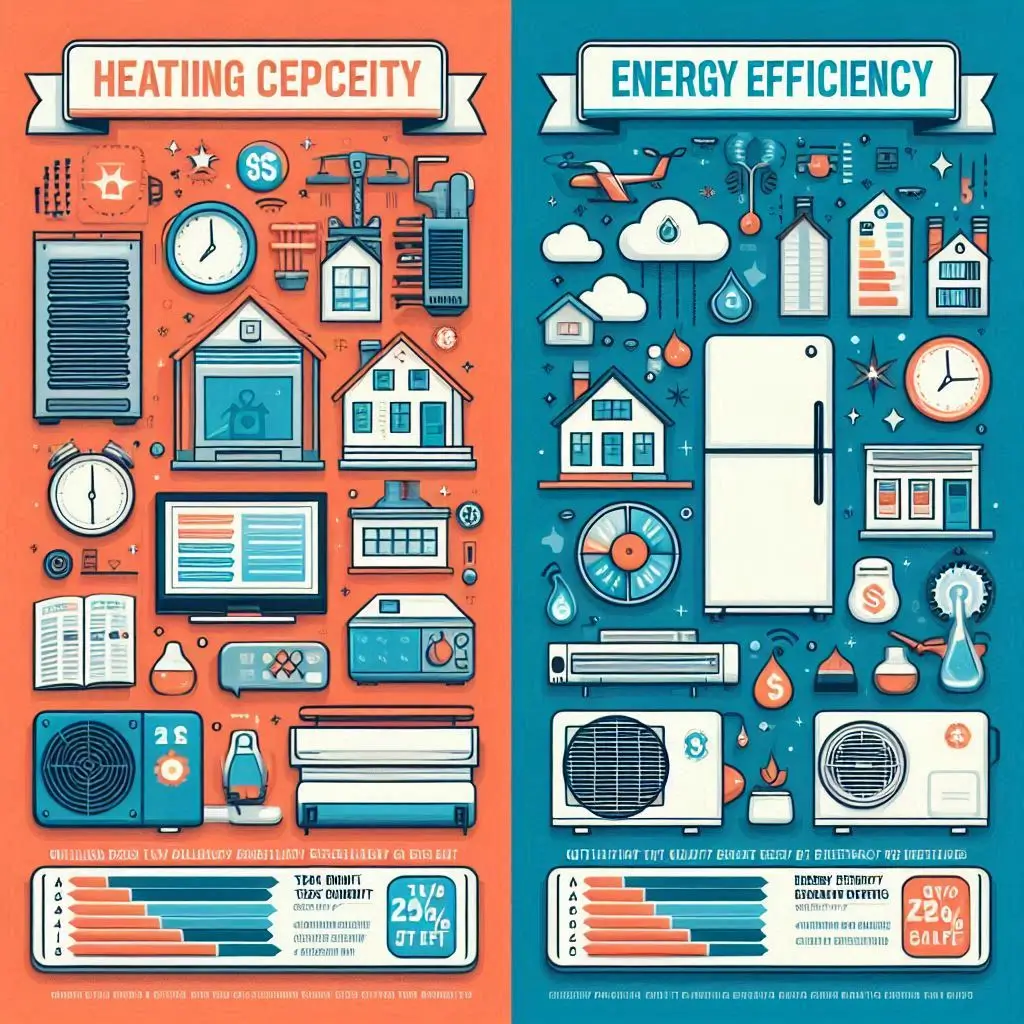
What if I miss the tax credit deadline?
If you miss the tax credit deadline, it can be disappointing, but there may still be options available. Typically, tax credits must be claimed on the tax return for the year in which the equipment was purchased and installed. If you fail to claim a credit in the appropriate tax year, you cannot retroactively claim it in a subsequent year. However, you can always consult a tax professional to discuss your options, as they may be able to help you with any potential deductions or future tax credits you may qualify for. Additionally, staying informed about upcoming tax credit opportunities can help ensure you don’t miss out in future tax years.
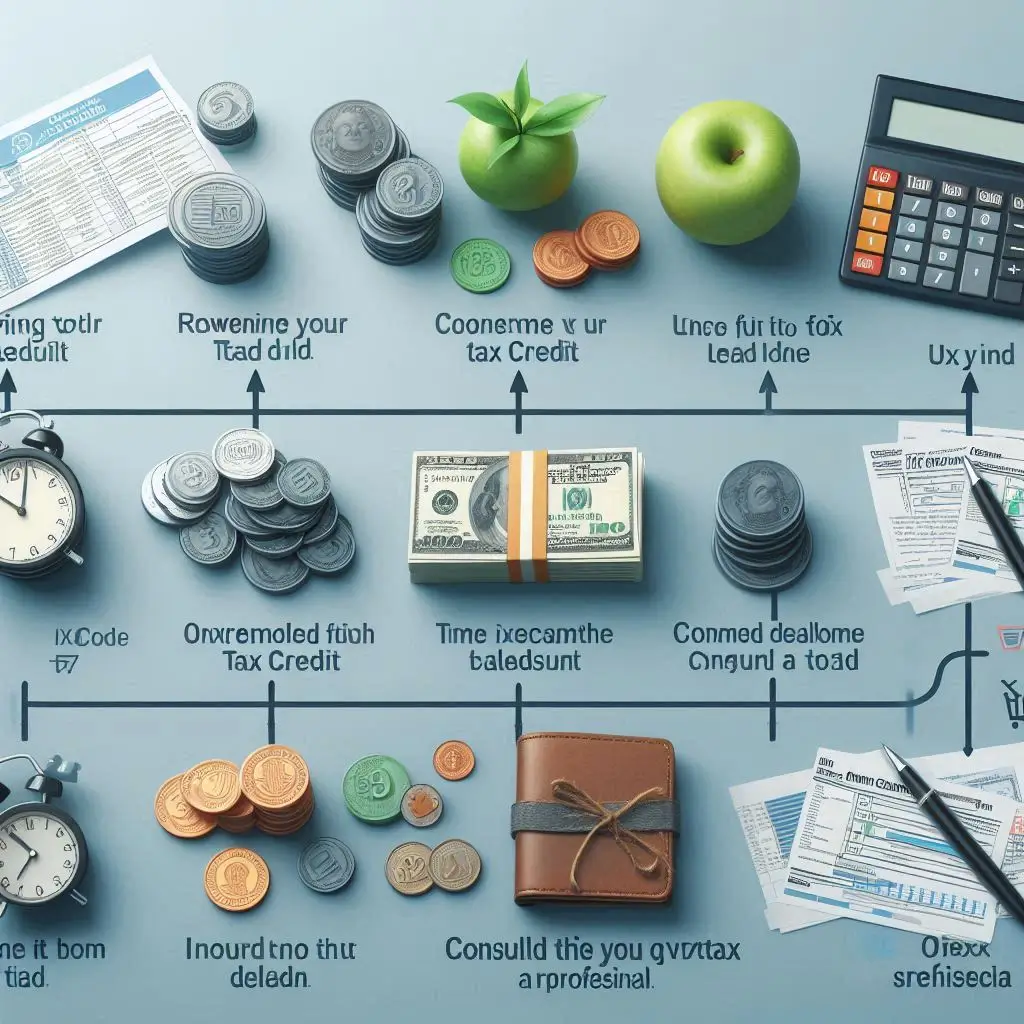
Conclusion:
In conclusion, understanding the intricacies of tax credits for new air conditioners can empower homeowners to make informed decisions that not only enhance their comfort but also offer significant financial benefits. By grasping eligibility criteria, distinguishing between tax credits and deductions, and exploring common misconceptions, homeowners can maximize their savings while contributing to environmental sustainability. With the potential for substantial tax credits and additional state-specific incentives, upgrading to an energy-efficient HVAC system is a wise investment that pays off in the long run. Stay proactive by keeping track of deadlines and required documentation, and consult with professionals when needed. By taking advantage of these tax credits, homeowners can enjoy a more efficient and cost-effective home climate while benefiting from financial savings that make a lasting impact.

